Kicking Off With Safety
Project managers need to be aware of contract scope with regard to safety. There are two basic ways a firm can assume responsibility for safe sites. One is by contract, meaning there is clear, contractual liability for safety. The other way is through conduct. Even if the firm is not a prime contractor in that role, some courts have held that, in certain situations, a company can assume liability for safety by its actions on the job site. This is not uniform among all states, however, and depends on the facts of each case and state law. The point? Firms should conform their actions to fit contractual obligations.
If the project team is responsible for job site safety, leadership must set the example by cultivating a culture of safety that affects the overall design of the project and the project team.
“We build safety into all aspects of the project,” says Craig Henre, a senior project manager at Burns & McDonnell. “From the beginning of a project, in the scoping or detailed design phase — even in project team meetings with the client. We always begin with a safety lesson. It sets the right tone and keeps the project team focused on keeping safety at the forefront for project success.”
Bringing the client and project teams together is essential to fostering overall project safety. The development and application of a project-specific safety program is another way teams align on common safety-related requirements and expectations. Created through the bridging of project team and client safety requirements, this program is relied on throughout the life of a project to guide the actions of the project team, the client and all on-site entities.
Constructing Safety
Some important drivers for project safety occur during the preconstruction phase, when the project team begins to understand the completion requirements for the defined scope. Comprehensive preconstruction planning typically includes appropriate risk identification and mitigation plans, as well as corresponding budgeting, which includes on-site productivity impacts. Before construction can begin, site visits are made to gather data for code compliance and to identify potential site hazards.
“We make sure the on-site construction workforce is routinely keeping safe practices at the forefront,” Henre says. “We determine areas of risk, offer site-specific orientation, outline expectations, provide safety-related coaching, validate the on-site construction workforce is holding daily ‘jobbox’ safety talks and appropriate pre-task hazard analysis, and provide routine safety audits. Our teams also walk the entire site, pointing out areas of outstanding safety and noting potential issues.”
Recording behavior-based and leading indications of unsafe work is an effective way to develop a safe work environment — more effective than using industry stats, which are lagging indicators. This daily record of safety measures increases accountability and overall safe work habits.
Recognition programs also have proved to be an effective tool in keeping construction subcontractors and partners aware of their safety performance. Safety recognition and awareness programs can be as simple as providing lunch for construction teams while furthering safety education, promoting positive safe behaviors, identifying potential hazards and providing feedback on safe performance.
Prioritizing Safety
Given the complex nature and variability of projects, it can be difficult for project teams to keep safety from becoming a check mark. Successful teams will determine how to integrate safety from the start and make it personal and relatable by providing the right education so teams are aware of hazards on the job site.
As Chance Duensing, a safety department manager at Burns & McDonnell, says, “If we are doing our job well, planning the project and involving all the right people from the beginning, then we are more likely to have a productive and safe job.”



.png)